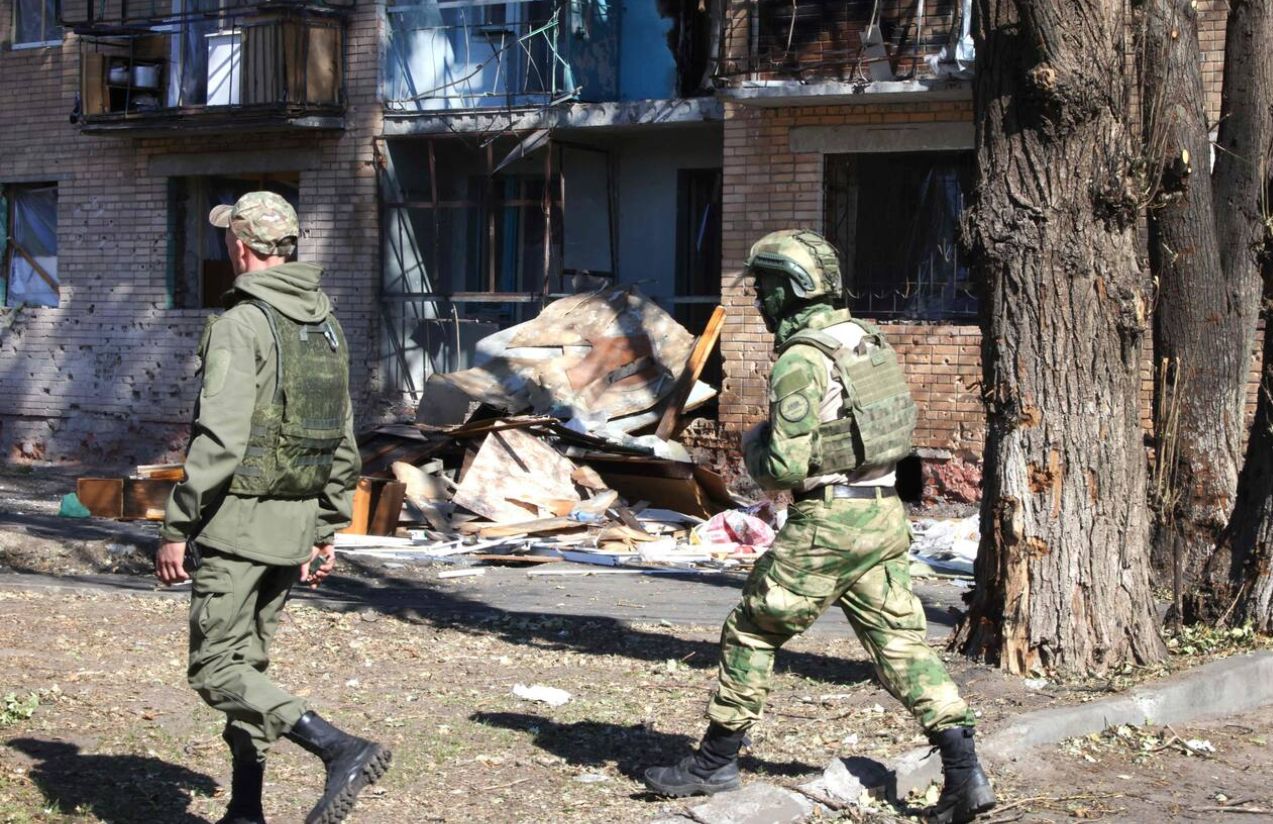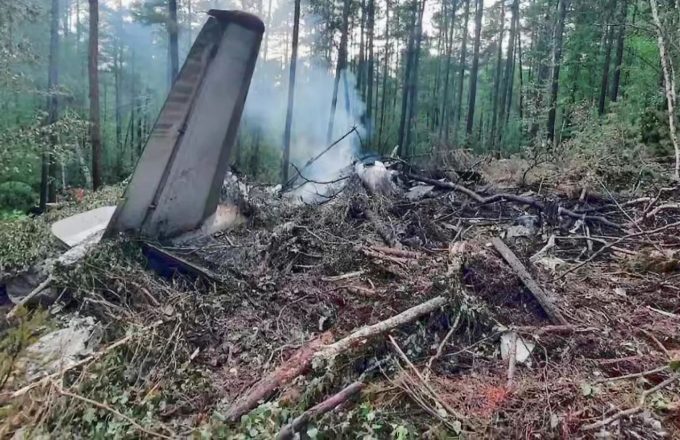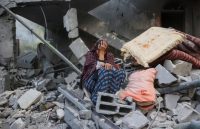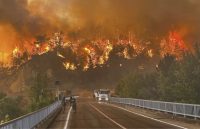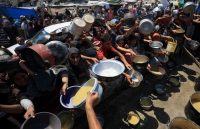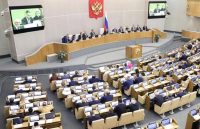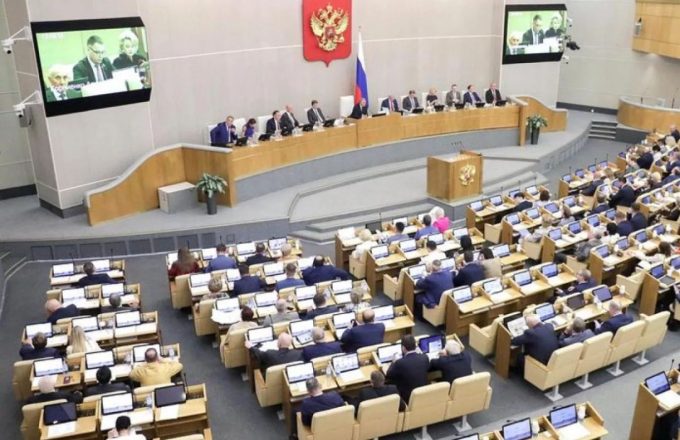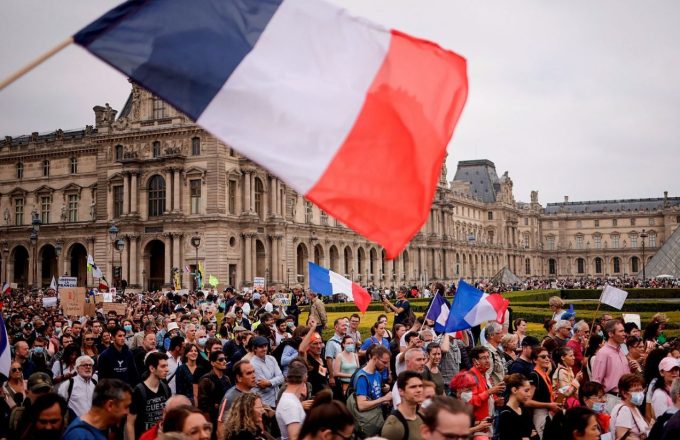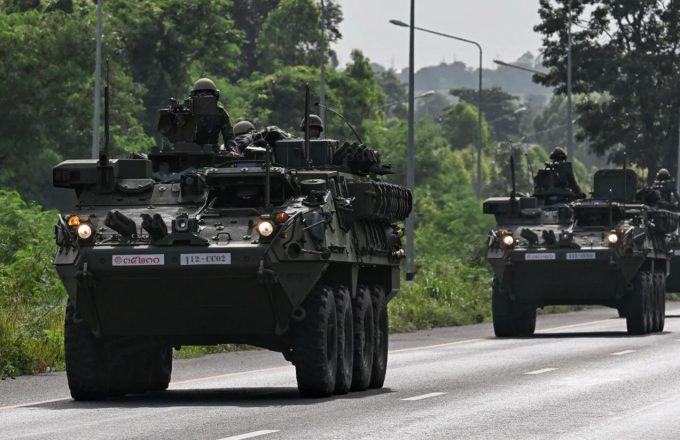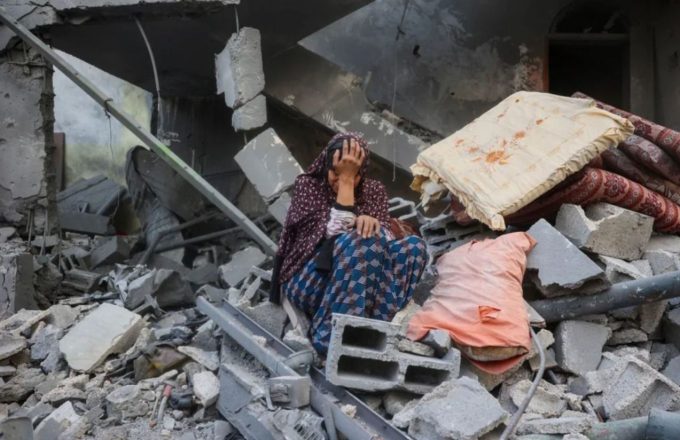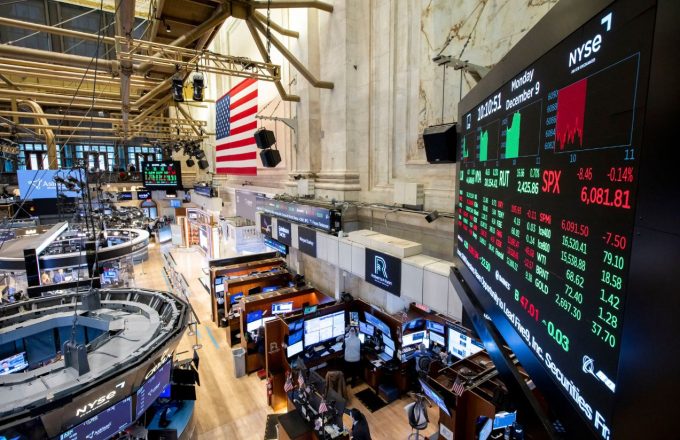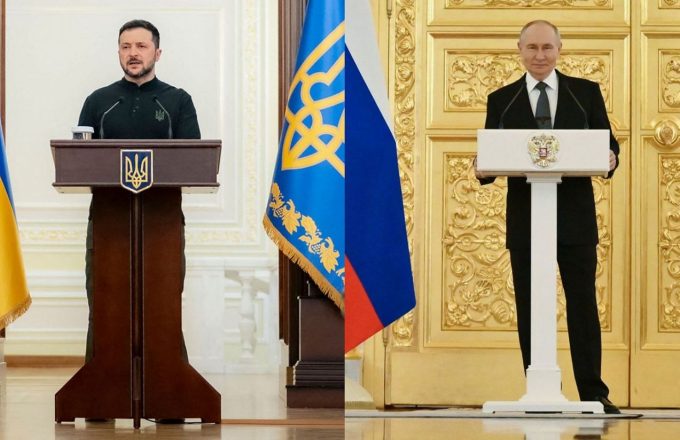North Korea is preparing to send an additional 25,000 to 30,000 soldiers to Russia to bolster Kremlin forces in Ukraine, according to a Ukrainian intelligence assessment obtained by CNN. This would mark a major escalation from the 11,000 North Korean troops deployed in November 2024, who helped defend Russia’s Kursk region from a Ukrainian offensive.
Western officials estimate that around 4,000 of those initial troops were killed or wounded. Despite the losses, military cooperation between Pyongyang and Moscow has continued to deepen.
The assessment, produced by Ukraine’s military intelligence agency, indicates that Russia’s Ministry of Defense has the capability to equip the North Korean forces with weapons, gear, and ammunition for full integration into Russian combat units. The report suggests that these troops could be deployed to Russian-occupied areas of Ukraine and may participate in large-scale offensive operations.
Satellite images reviewed by CNN reveal signs of logistical preparations: a ship previously linked to North Korean troop deployments recently arrived at a Russian port, and a cargo aircraft was spotted at Sunan Airport in Pyongyang. Aircraft resembling the IL-76 — the same model used during last year’s deployments — were seen taxiing on the runway.
“Russian troop transport was observed arriving in Dunai in May, and activity at Sunan Airport in May and June suggests that the logistical routes used previously are still operational,” said Joe Byrne, senior analyst at the UK-based Open Source Centre.
In October 2024, North Korean troops were photographed receiving front-line gear at the Sergeevka military base in Russia’s Primorsky Krai. A month later, a Ropucha-class Russian landing ship — capable of transporting up to 400 soldiers — docked at the port of Dunai. Satellite images from May 18 show a similar vessel returning to the same port, further pointing to renewed military movements.
While some experts believe the 30,000 figure may be overstated, they do not rule out the possibility. “It’s a high number, but not unthinkable,” said Jenny Town, a senior fellow and director of the Korea program at the Stimson Center. “These won’t be elite troops, but Kim Jong-un has reiterated his full commitment. It all depends on what Russia has requested.”
Town said a phased deployment of 10,000 to 20,000 troops seems more realistic, noting rumors that Russian generals have already been training troops inside North Korea.
Ukrainian Defense Minister Rustem Umerov warned that North Korea’s elite forces would face heavy casualties, potentially endangering Kim’s regime. “Russia’s use of North Korean elite troops reflects not only increasing dependence on authoritarian regimes, but also serious issues with its own mobilization reserves,” Umerov said. “Together with our partners, we are monitoring these threats and will respond accordingly.”
Meanwhile, Ukraine’s top military commander, Oleksandr Syrskyi, reported that Russia is amassing approximately 110,000 troops near the strategic frontline city of Pokrovsk, likely in preparation for a major assault.
CNN also obtained North Korean artillery training manuals translated into Russian, shared by Ukrainian intelligence — further evidence of deepening interoperability between the two militaries. The documents emerged alongside a growing number of videos showing North Korean artillery in action, and a recent UN report stating that Pyongyang supplied Russia with at least 100 ballistic missiles and 9 million artillery shells in 2024.
South Korean military officials also claimed in March that another 3,000 North Korean troops had been deployed to Russia earlier this year.
According to Town, North Korea sees long-term benefits in indebting Moscow through military support. “The more ‘blood debt’ there is between them,” she said, “the more Pyongyang stands to gain in the long run — even if it requires short-term sacrifices.”


